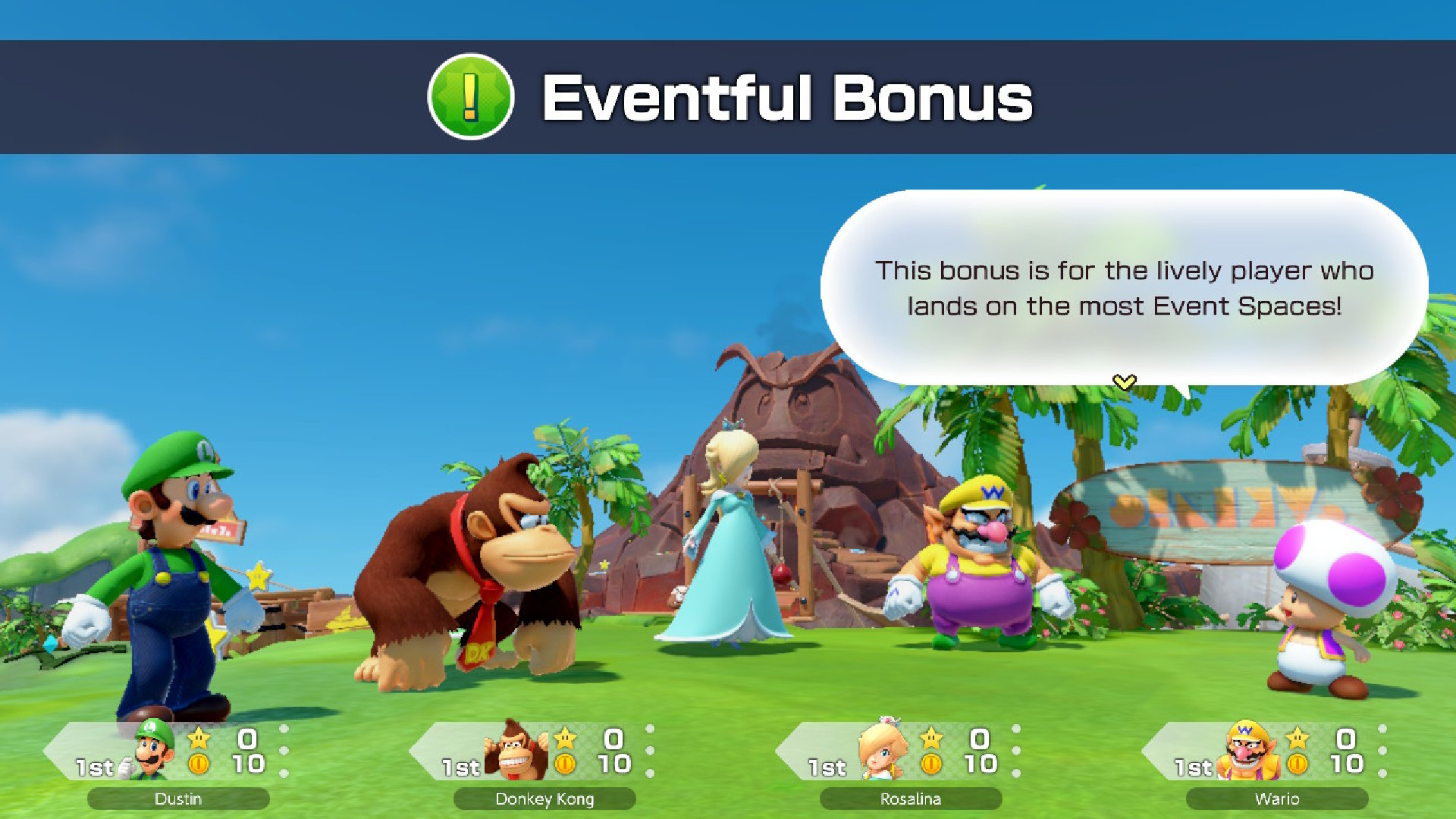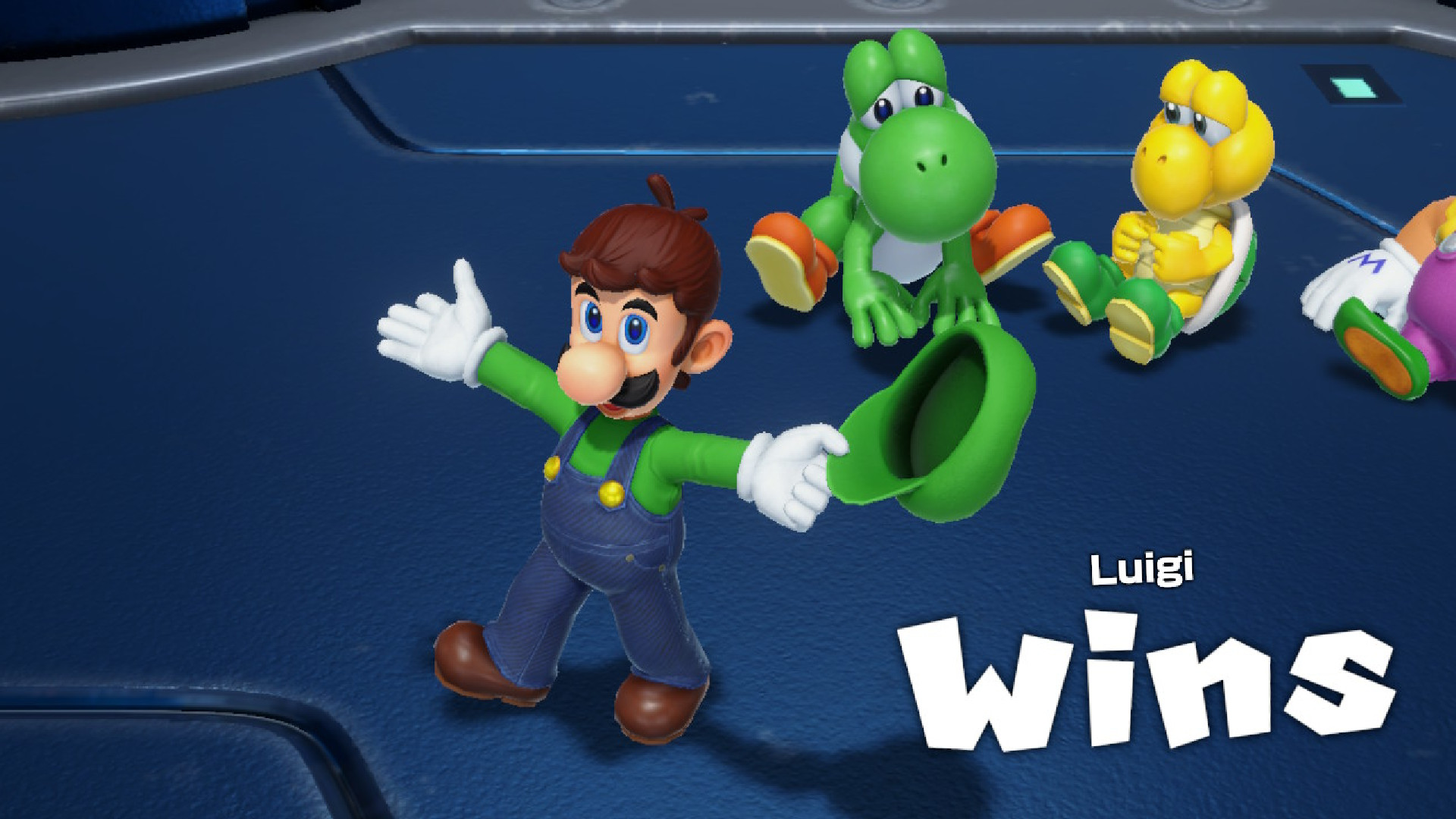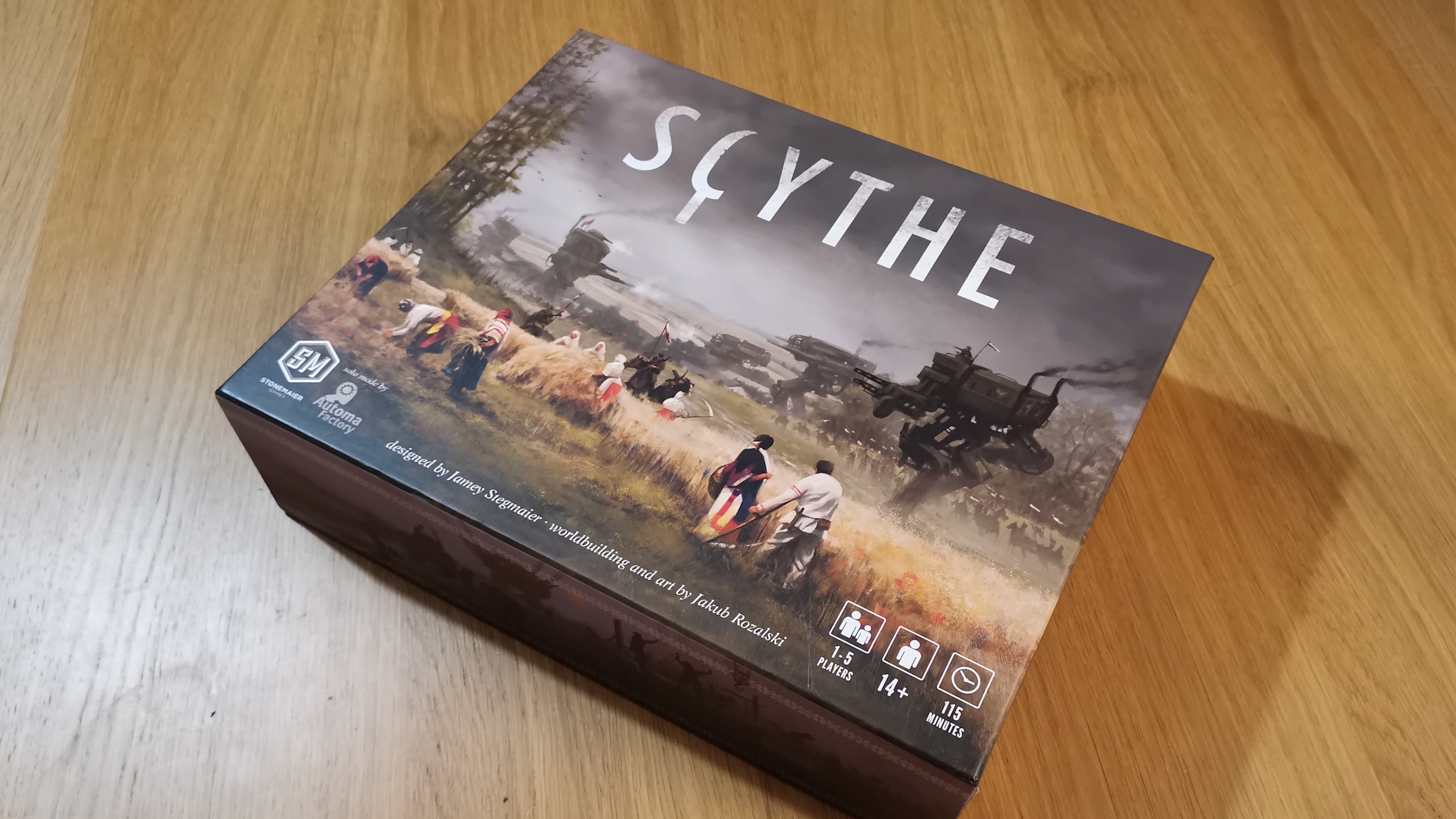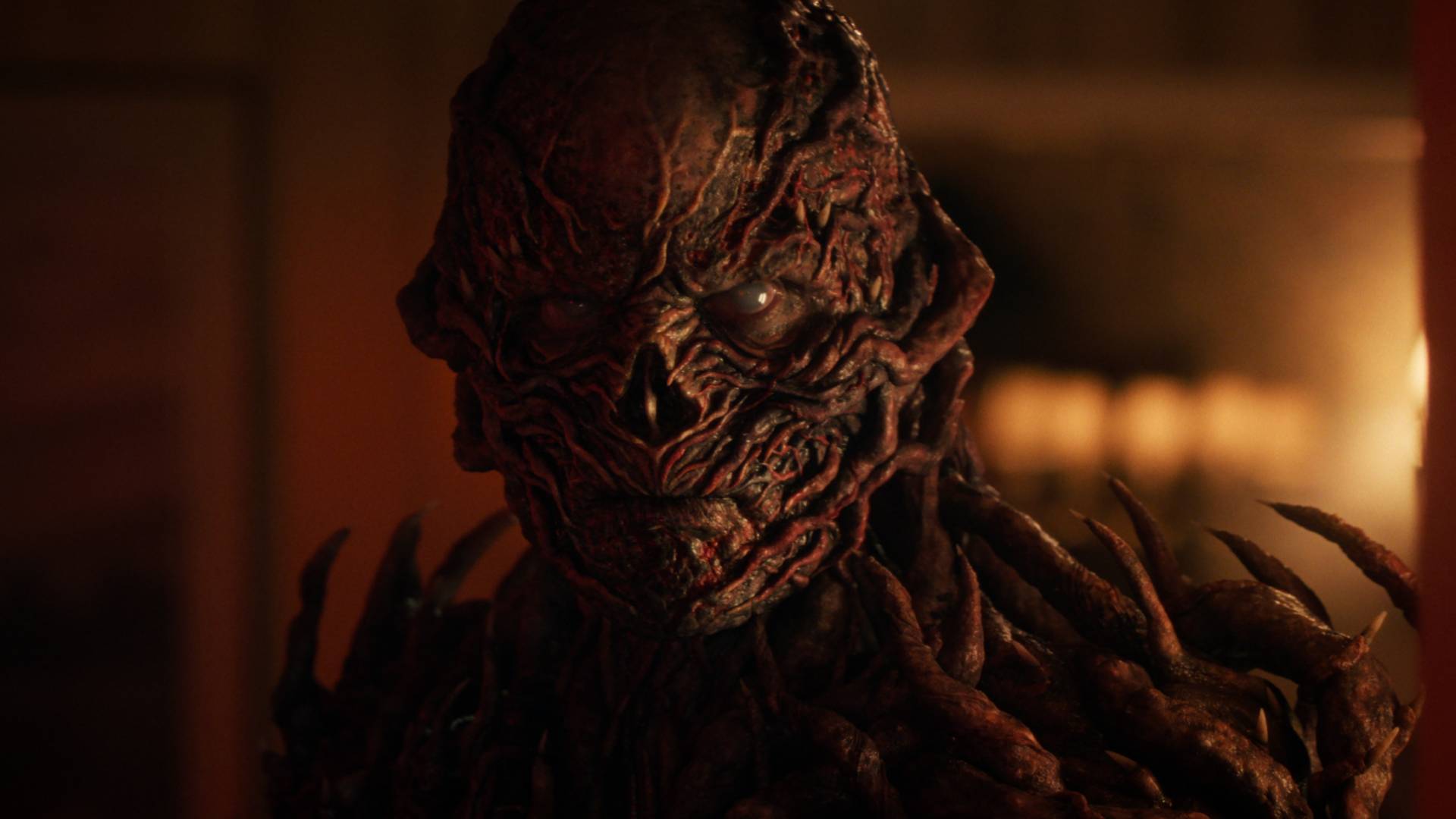With Super Mario Party Jamboree, Nintendo's finally letting you cut out the random nonsense that's defined its multiplayer games for decades
Opinion | Are we finally seeing the dawn of a new Nintendo?

For decades, Nintendo's multiplayer games have been defined by what you might generously describe as 'random garbage.' Mario Kart's blue shell is probably the most famous example: an item that can appear out of nowhere the instant the game logic decides you've been sitting in first place for too long. There is, perhaps, something admirable in Nintendo's commitment to keeping things casual in its multiplayer offerings when other developers are hyper-focused on delivering perfectly balanced esports arenas. There is also something deeply annoying in not being able to turn any of this nonsense off.
Mario Party has been the poster child for this design ethos since the '90s. You're a turn away from the end of the match and everybody has more stars than you? Don't worry, here's a hidden block with a star in it. We'll give you a bonus star for landing on the most lucky spaces, too. What's that? You also landed on the most unlucky spaces? Well, you get a bonus star for that, too. Wild swings from last place to first are part of Mario Party tradition, and while the series has remained extremely popular over the years, all this stuff has turned a fair few Nintendo fans into lifelong Mario Party haters.
With Super Mario Party Jamboree, Nintendo seems to have finally realized that people want the nonsense to be optional, and thanks to the new 'pro' rules, it finally is. This mode feels like a long overdue answer for the question that's plagued Mario Party since 1998: what do you do when the randomness goes from surprising to tedious?
Lucky stars

At a base level, pro rules are fixed to 12-turn matches with exactly one bonus star awarded, either for traveling the most spaces, traveling the fewest spaces, or landing on the most event spaces. Importantly, the bonus star goal is announced to everybody at the start of the match. That means you can actually plan for the bonus star as a sort of side objective.
That gives you a lot more to think about while you're running around the board. I had one instance where I was about to start racing another player to buy a star from Toad - but that was a race I was unlikely to win. Instead, I split off the beaten path to hit the event space that would get me closer to a bonus star. In another instance, I was using a custom dice block to make a long trek across the board. I didn't quite need the full 10 spaces, and nine spots away was another event space. Why yes, thank you very much, I will take the opportunity for a little more progress on my bonus goal.
There's always going to be randomness in a game that involves rolling dice to move around the board, and that's part of the fun. But this ruleset makes the gambling feel like gambling, where you're actually weighing risks and probabilities while gauging your next move, rather than simply sitting back and waiting to see what indignity that game will throw at you next.
This is all super basic board game design stuff, and I might be damning Super Mario Party Jamboree with faint praise by harping on it so much, but it does genuinely make the game so much more compelling moment to moment. Heck, pro rules were keeping me engaged in CPU matches. CPU matches! I can only imagine how it's going to improve online matches once the servers are filled with players.
Weekly digests, tales from the communities you love, and more
A contest of skill

While the core Mario Party experience is probably always going to be on the couch with friends and family, online play is particularly exciting here because there's a skill grade ranking system that tracks how you're doing against other players. It's unclear at this point how this affects matchmaking, but the very idea that Nintendo is bringing a traditional online ranking system to a Mario Party feels nearly unthinkable. We are, after all, talking about a company that just this year released Nintendo World Championships: NES Edition, a speedrunning game that launched without proper leaderboards. Somehow, catching up with the times feels like a victory.
The criticism of the pro ruleset is, of course, the fact that it's a ruleset – not just a list of options you can toggle on and off for a custom game. Why can't I run a 30-turn game with these rules, or select the specific types of bonus stars I want in the pool, or even set the pool of minigames that might appear? Super Smash Bros. has even set a precedent for this kind of customizability. Pro rules make a ton of sense as a single consistent framework for competitive online play, but there's room for more customization here, too.
But at the very least, Super Mario Party Jamboree has me hopeful that Nintendo's backing away from so rigidly defining how you're meant to play its multiplayer games in particular. There's a part of me – a small, perhaps overly optimistic part – that's starting to hope whenever Mario Kart 9 comes around, we might finally get a mode without blue shells. In the meantime, I'll be basking in the glow of finally being able to enjoy Mario Party as a game of skill.
There are only so many upcoming Switch games left before Switch 2 rolls around.

Dustin Bailey joined the GamesRadar team as a Staff Writer in May 2022, and is currently based in Missouri. He's been covering games (with occasional dalliances in the worlds of anime and pro wrestling) since 2015, first as a freelancer, then as a news writer at PCGamesN for nearly five years. His love for games was sparked somewhere between Metal Gear Solid 2 and Knights of the Old Republic, and these days you can usually find him splitting his entertainment time between retro gaming, the latest big action-adventure title, or a long haul in American Truck Simulator.


